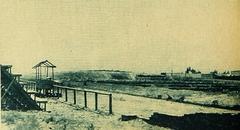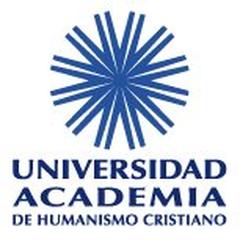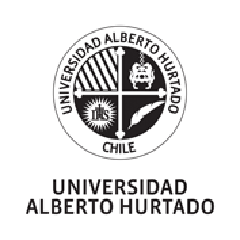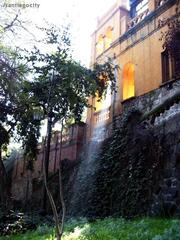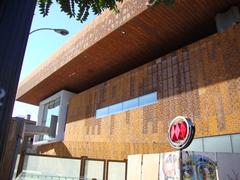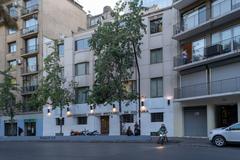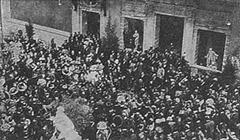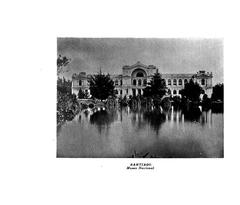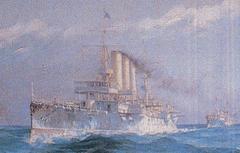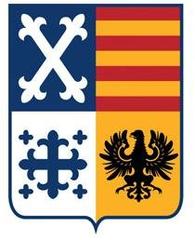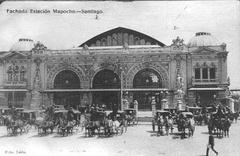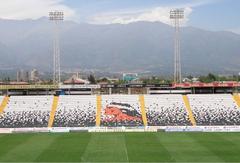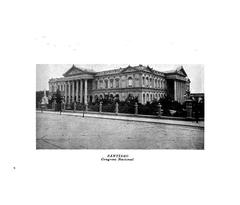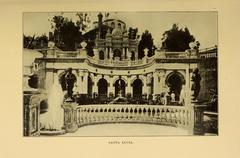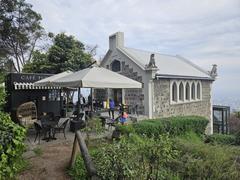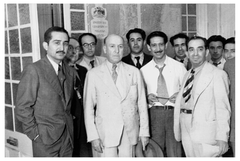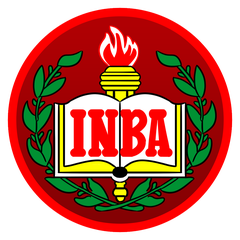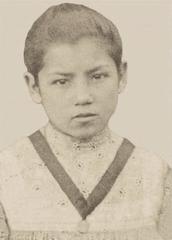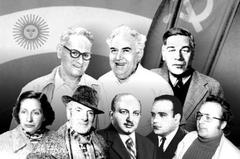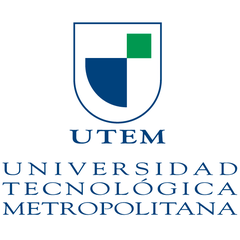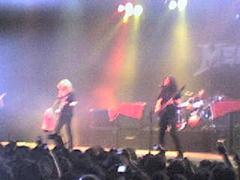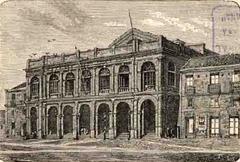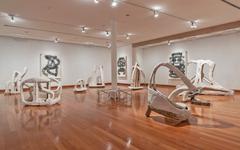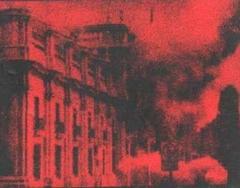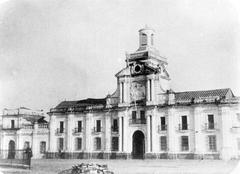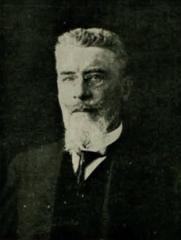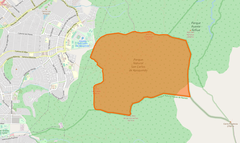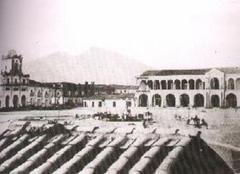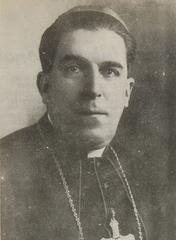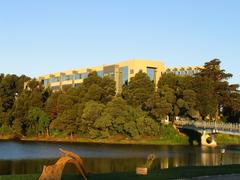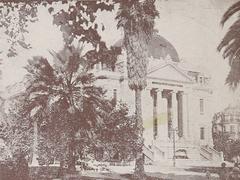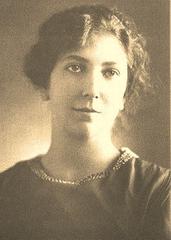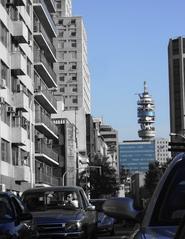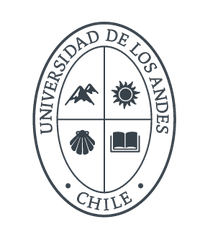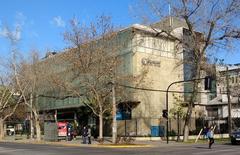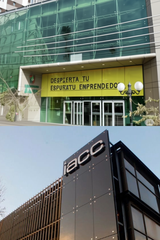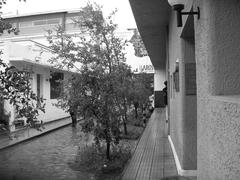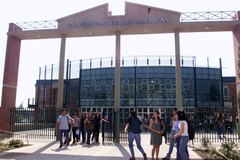
Estadio Santa Laura Universidad SEK Visiting Hours, Tickets, and Santiago Historical Sites Guide
Date: 14/06/2025
Introduction
Estadio Santa Laura-Universidad SEK stands as one of Santiago, Chile’s most historic and culturally significant football stadiums. Located in the Independencia district, it is the proud home of Unión Española, one of the country’s oldest football clubs, and a living symbol of Santiago’s immigrant heritage and sporting tradition. Since its opening in 1923, the stadium has witnessed nearly a century of football, community gatherings, and cultural evolution. Modern renovations have enhanced comfort and safety while preserving its architectural charm and historic atmosphere. Its accessibility via Santiago’s public transit, including the Plaza Chacabuco metro station, makes it a popular destination for locals and tourists alike.
This detailed guide covers everything you need to know for visiting Estadio Santa Laura-Universidad SEK—from practical information about visiting hours, ticketing, and accessibility, to nearby historical attractions and photography tips. Whether you’re a football fan, a history enthusiast, or a traveler eager to explore Santiago’s cultural fabric, Estadio Santa Laura offers an enriching experience. For the latest schedules and events, consult the official Unión Española website and resources such as World of Stadiums and Memoria Chilena.
Table of Contents
- Historical Overview and Evolution
- Visiting Estadio Santa Laura-Universidad SEK
- Facilities and Visitor Experience
- Safety and Reputation
- Cultural and Social Significance
- Frequently Asked Questions (FAQ)
- Summary and Travel Tips
- References
Historical Overview and Evolution
Origins and Early Development (1922–1940s)
Construction of Estadio Santa Laura began in 1922, initiated by the Spanish immigrant community that formed Unión Española. The stadium opened in 1923 with a match between Unión Española and Audax Italiano (Unión Española). Designed to accommodate around 28,500 spectators, the venue’s location in Independencia reflects the historic roots of Spanish migration to Santiago. Its natural grass pitch measures 105 x 68 meters, meeting international standards from the outset.
Expansion and Community Role (1950s–1990s)
Throughout the mid-20th century, the stadium evolved to host larger crowds and events beyond football, serving as a venue for political gatherings, celebrations, and community activities. This period cemented Santa Laura’s position as a central public space in Santiago, fostering connections across generations and reinforcing its role in the city’s social fabric.
Modernization and Renovations (2000s–2010s)
Significant renovations in the early 2000s—led by club president Jorge Segovia Bonet—transformed the stadium into a modern sports facility. Upgrades included:
- New locker rooms, gymnasium, and medical facilities
- VIP boxes and hospitality suites
- Individual seating (replacing old wooden benches)
- Enhanced restrooms and improved media booths
Further improvements in 2009 maintained the stadium’s traditional character while ensuring safety and comfort for all visitors (Unión Española, Stadium Guide).
Visiting Estadio Santa Laura-Universidad SEK
Visiting Hours
- Match Days: Stadium gates open 1.5 to 2 hours before kickoff.
- Non-Match Days: Guided tours and the club shop generally operate from 10:00 AM to 6:00 PM, Monday to Saturday, subject to availability.
Always verify visiting hours on the official Unión Española website or by contacting the stadium before your visit, as hours may change due to events or maintenance.
Tickets and Guided Tours
- Tickets: Purchase online via authorized platforms like PuntoTicket or at the stadium box office on match days.
- General admission typically starts from CLP $8,000–$15,000.
- Premium or covered seating is available at higher prices.
- Season Passes (Abonos): Cover all home games for the season and are personal and non-transferable.
- Guided Tours: Occasionally offered, providing access to the pitch, locker rooms, and the trophy room. Advance booking is recommended.
Bring a valid photo ID for entry; identity checks are standard.
Accessibility
Estadio Santa Laura is equipped with:
- Wheelchair-accessible seating and restrooms
- Ramps, elevators, and designated parking spaces
- Clear signage for accessible routes
Recent renovations have further improved accessibility for visitors with reduced mobility.
How to Get There
- Metro: Plaza Chacabuco (Line 3) is the closest station, about a 10-minute walk to the stadium.
- Bus: Multiple lines serve Avenida Independencia and nearby streets.
- Car: Limited parking is available; public transport is strongly recommended on match days.
- Ride-Sharing: Uber and Cabify are widely used in Santiago.
Nearby Attractions
The Independencia district offers attractions such as:
- Plaza Chacabuco
- Local cafés, markets, and restaurants
- Historic churches and cultural sites
Special Events and Photography
Estadio Santa Laura hosts:
- Concerts, community events, and rugby matches
- Youth tournaments and university activities
Prime photography spots include the Tribuna Andes, Honor Tribune, and the stadium’s iconic façade. Arrive early for the best atmosphere and lighting.
Facilities and Visitor Experience
- Seating: Capacity of approximately 22,000, with covered and uncovered sections
- Restrooms: Modern, clean, and accessible
- Food and Drink: Vendors offer Chilean snacks (empanadas, completos), soft drinks, and occasionally non-alcoholic beer
- Merchandise: Official club shop sells gear, jerseys, and memorabilia
- Family Friendly: Security is a priority, and the stadium is known for its welcoming environment
Safety and Reputation
The stadium is regarded as one of Chile’s safest football venues, with robust security measures and first aid stations on site. Bag checks and metal detectors are standard at all entrances. The family-friendly atmosphere is enhanced by strong supporter culture and respectful conduct (Unión Española).
Cultural and Social Significance
Estadio Santa Laura-Universidad SEK is not just a sports venue—it is a symbol of Santiago’s Spanish immigrant heritage and a central gathering place for the local community (Memoria Chilena). The stadium was the site of Chile’s first professional football match in 1933, marking a milestone in the nation’s sporting history (Wikipedia). It embodies the integration of immigrant traditions, the evolution of Chilean football, and the spirit of inclusivity and community.
Beyond football, the stadium hosts concerts and cultural events, contributing to the vibrancy of the Independencia district. Its enduring legacy is nurtured by the partnership between Unión Española and Universidad SEK, ensuring continued relevance as both a sporting and social hub.
Frequently Asked Questions (FAQ)
Q: What are the stadium’s visiting hours?
A: Open 1.5 to 2 hours before matches; guided tours and the shop are typically open 10:00 AM to 6:00 PM on non-match days. Confirm current hours online.
Q: How do I buy tickets?
A: Online via PuntoTicket or at the stadium box office.
Q: Is the stadium wheelchair accessible?
A: Yes, with seating, ramps, elevators, and accessible restrooms.
Q: Are guided tours available?
A: Occasionally, with advance booking recommended. Check the club’s official website for availability.
Q: What’s the best way to get to the stadium?
A: By Metro Line 3 (Plaza Chacabuco), bus, or ride-sharing service.
Q: Can I bring food and drinks?
A: Outside food and beverages are generally not allowed; vendors are available inside.
Q: What are nearby Santiago historical sites?
A: Plaza Chacabuco, local churches, markets, and parks within Independencia.
Summary and Travel Tips
Estadio Santa Laura-Universidad SEK blends historic significance, modern amenities, and a welcoming atmosphere. As the birthplace of professional Chilean football and a symbol of immigrant heritage, the stadium provides a memorable experience for visitors. Key recommendations:
- Buy tickets through authorized channels and check schedules before visiting.
- Use public transport for convenience.
- Arrive early for the best atmosphere and to enjoy pre-match activities.
- Capture the stadium’s architecture and fan culture in photos.
- Explore nearby historical sites and local cuisine in the Independencia district.
Stay updated on events and news by downloading the Audiala app and following Unión Española’s official channels. For further resources, visit Unión Española and Football Tripper.
References
- Unión Española – Estadio Santa Laura
- Wikipedia – Estadio Santa Laura
- Memoria Chilena – Santa Laura
- PuntoTicket – Abonos Unión Española
- World of Stadiums – Estadio Santa Laura
- Football Tripper – Estadio Santa Laura
- Stadium Guide – Estadio Santa Laura
- El Ágora – Historia de Santa Laura



